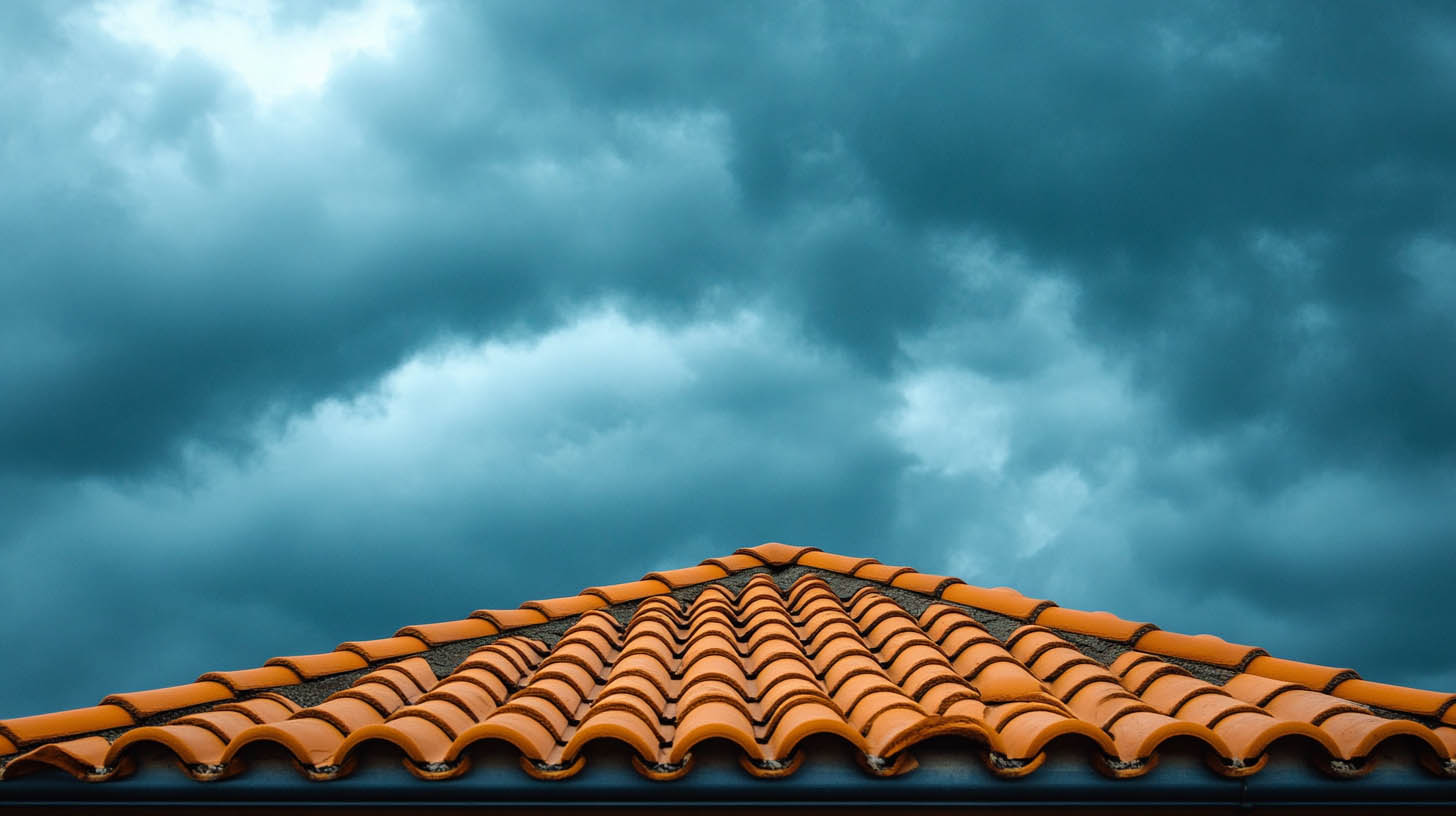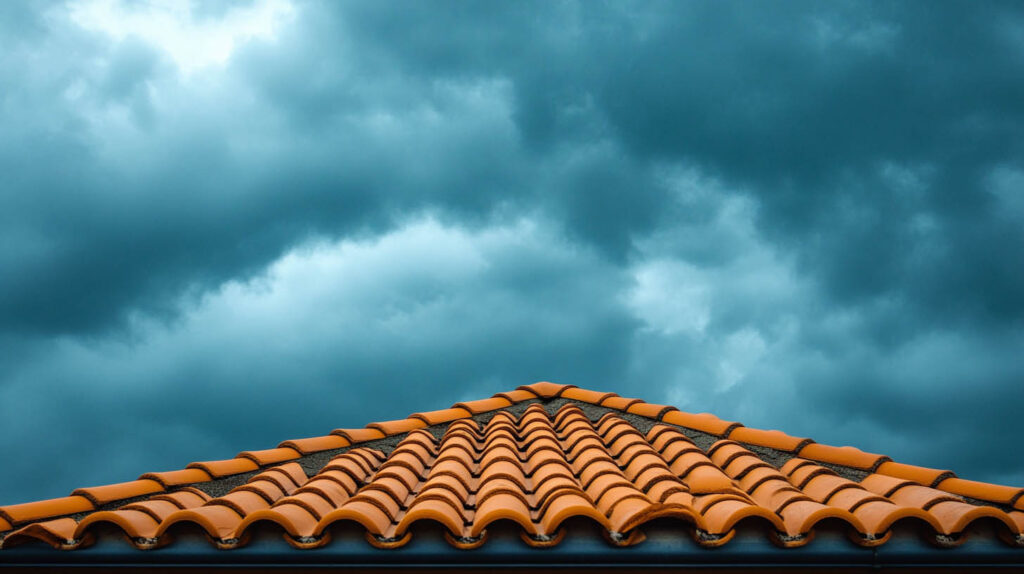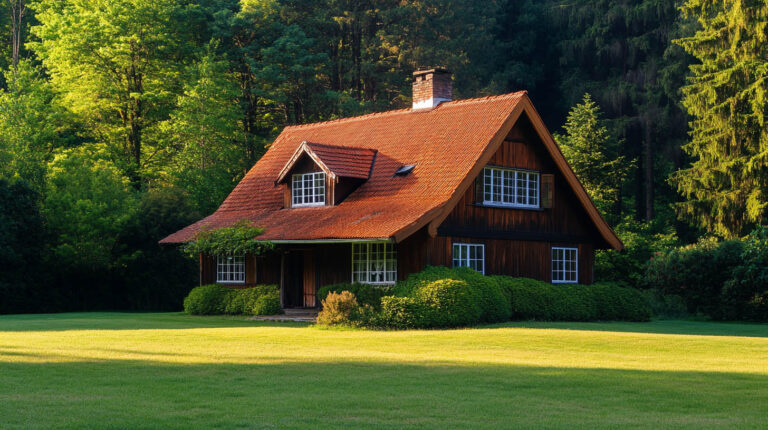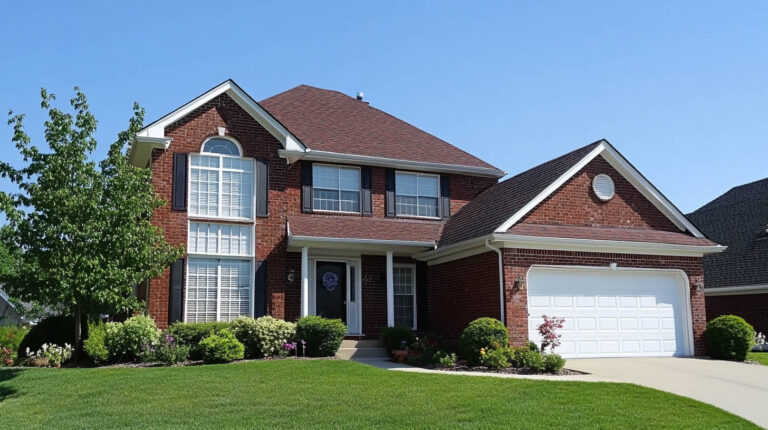
Blog
Best Roofs for High Wind Speeds: What Homeowners Should Consider
When it comes to protecting your home from the harshest elements, choosing the right roofing material is crucial. Wind damage is among the most common threats to roof integrity, especially in areas prone to high-speed storms. Avenue Roofing, based in Jacksonville, FL, specializes in providing robust roofing solutions tailored to withstand such extreme conditions.
Below, we delve into the best roof types for high-wind areas, critical considerations for homeowners, and tips for maximizing roof durability.

Understanding Wind Ratings for Roofing Materials
One of the most important aspects of wind-resistant roofing is understanding wind ratings. These ratings indicate how well a roofing material can withstand certain wind speeds. For instance:
- Asphalt shingles: Standard asphalt shingles typically resist winds up to 60-70 mph. High-performance shingles can endure speeds up to 130 mph, making them a great option for storm-prone areas.
- Metal roofing: A popular choice for its superior durability, metal roofs can withstand winds of 140 mph or more.
- Tile and slate roofing: Though heavier and more expensive, these materials can resist wind speeds up to 150 mph when properly installed.
Pro Tip: Look for roofing materials tested under ASTM D3161 or ASTM D7158, as these certifications ensure high-wind performance.
The Best Roof Types for High-Wind Areas
1. Metal Roofing
Metal roofs are celebrated for their exceptional wind resistance and longevity. Available in standing seam, corrugated, and shingle styles, metal roofing can provide sleek aesthetics while offering resilience against gale-force winds.
Key benefits:
- Minimal maintenance requirements.
- Lifespan of 40-70 years.
- Lightweight construction reduces structural stress.
2. Architectural Shingles
Architectural shingles outperform traditional 3-tab shingles in both durability and wind resistance. Thanks to their heavier weight and multiple-layer construction, these shingles are ideal for hurricane-prone areas.
Key benefits:
- Wind resistance up to 130 mph.
- Enhanced curb appeal with a dimensional look.
- Affordable compared to other premium options.
3. Concrete and Clay Tiles
For homes in high-wind zones, concrete and clay tiles provide not only durability but also aesthetic charm. However, their weight requires a strong roof structure.
Key benefits:
- Long lifespan (50 years or more).
- Naturally fire and pest-resistant.
- Excellent wind performance when installed with reinforced fastening systems.
4. Slate Roofing
While among the most expensive options, slate roofing is a powerhouse for wind resistance and longevity. Its natural stone composition makes it nearly impervious to damage.
Key benefits:
- Resistance to winds over 150 mph.
- Longevity of up to 100 years.
- Eco-friendly and recyclable material.
Installation: A Critical Component
Even the best roofing material can fail without proper installation. Ensuring secure fastening, appropriate underlayment, and adherence to local building codes are vital. Hiring a trusted professional like Avenue Roofing guarantees that every aspect of your roof is designed and installed with high-wind performance in mind.
Maintenance Tips to Prolong Roof Lifespan
- Inspect After Storms: Check for loose shingles, missing tiles, or visible damage following strong winds.
- Trim Overhanging Trees: Prevent branches from falling and causing damage.
- Clean Gutters Regularly: Blocked gutters can cause water backups that weaken roof structures.
- Reinforce Flashing: Ensure flashing around chimneys, vents, and edges is intact and sealed.
FAQs About High-Wind Roofing
Q1: What is the strongest roofing material for hurricanes?
Metal roofing is widely regarded as the strongest option due to its ability to withstand extreme winds and its resistance to rust and corrosion.
Q2: Are there insurance benefits to wind-resistant roofs?
Yes, many insurance companies offer discounts for homes with wind-rated roofing systems, as these reduce the risk of storm-related claims.
Q3: How can I verify the wind rating of my roof?
Consult your roofing contractor or review the manufacturer’s specifications for ASTM or FM ratings.
Q4: Should I replace my roof after a hurricane even if no damage is visible?
While immediate replacement might not be necessary, it’s crucial to schedule a professional inspection to detect hidden damage.
Q5: What is the typical cost difference between standard and wind-resistant roofing?
Wind-resistant materials can cost 10-20% more upfront, but their durability often leads to lower long-term maintenance and replacement costs.
Conclusion
Investing in a wind-resistant roof is not just about safeguarding your home; it’s about peace of mind. Choosing the right materials, ensuring proper installation, and committing to regular maintenance can make all the difference. For expert advice and premium roofing solutions, trust Avenue Roofing in Jacksonville, FL.
If you want to read a blog about common summer roofing problems in Jacksonville, FL, click here.



